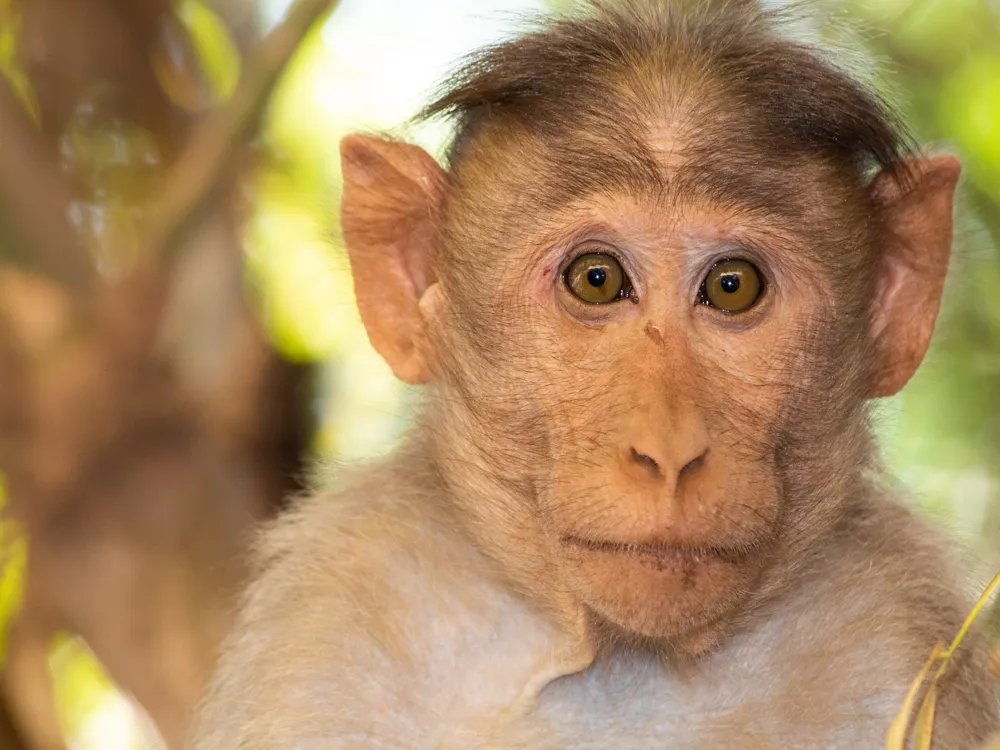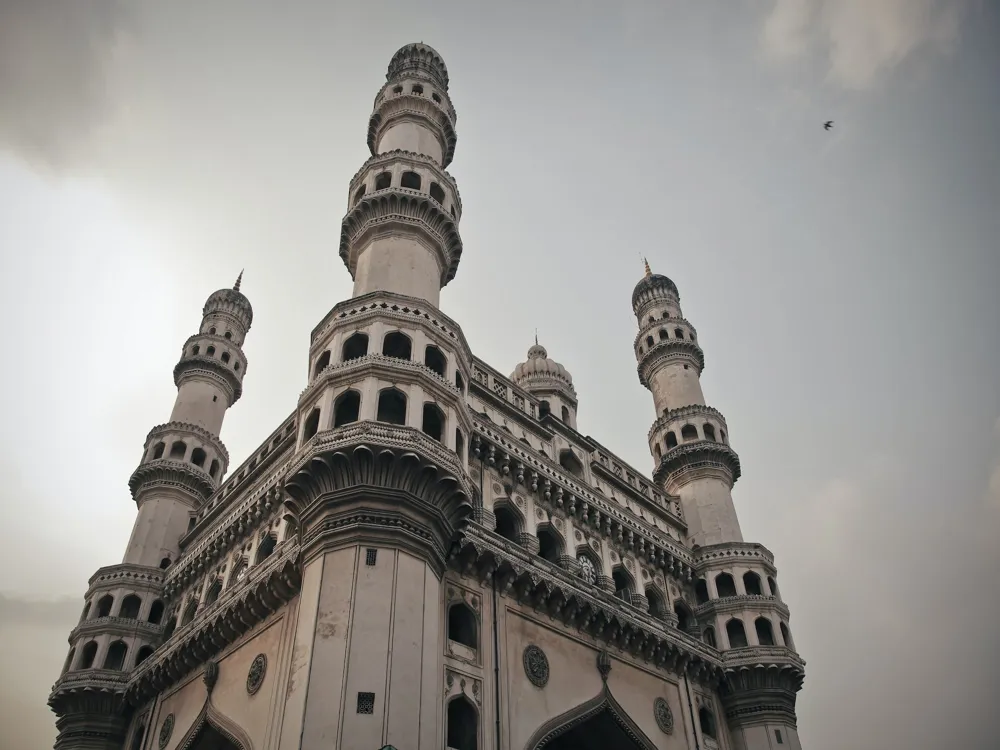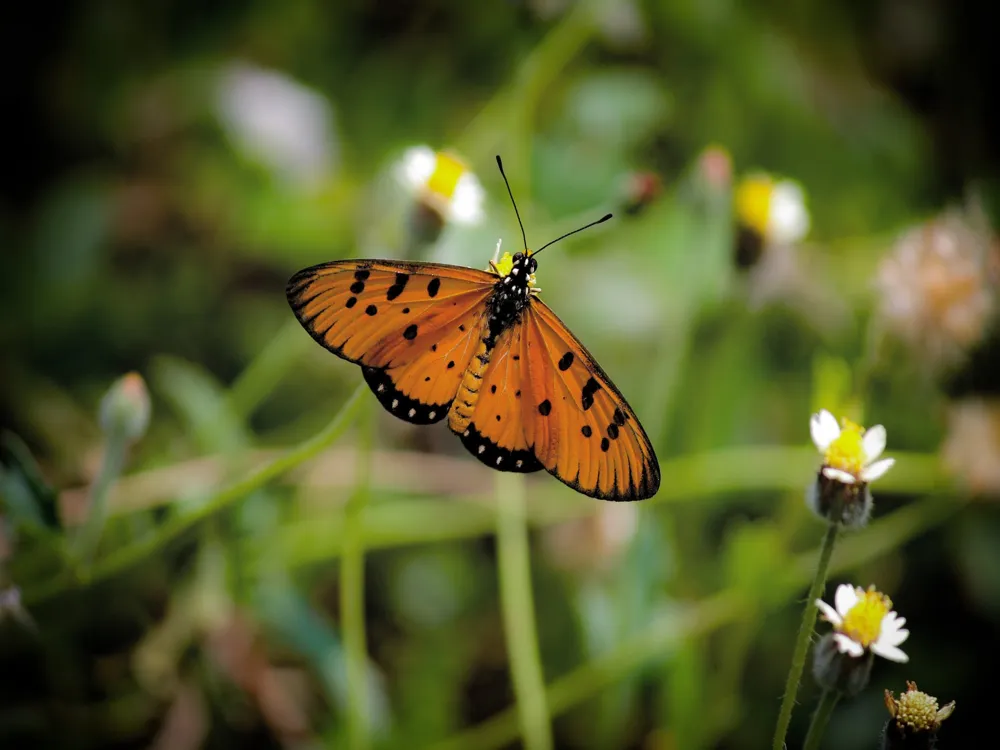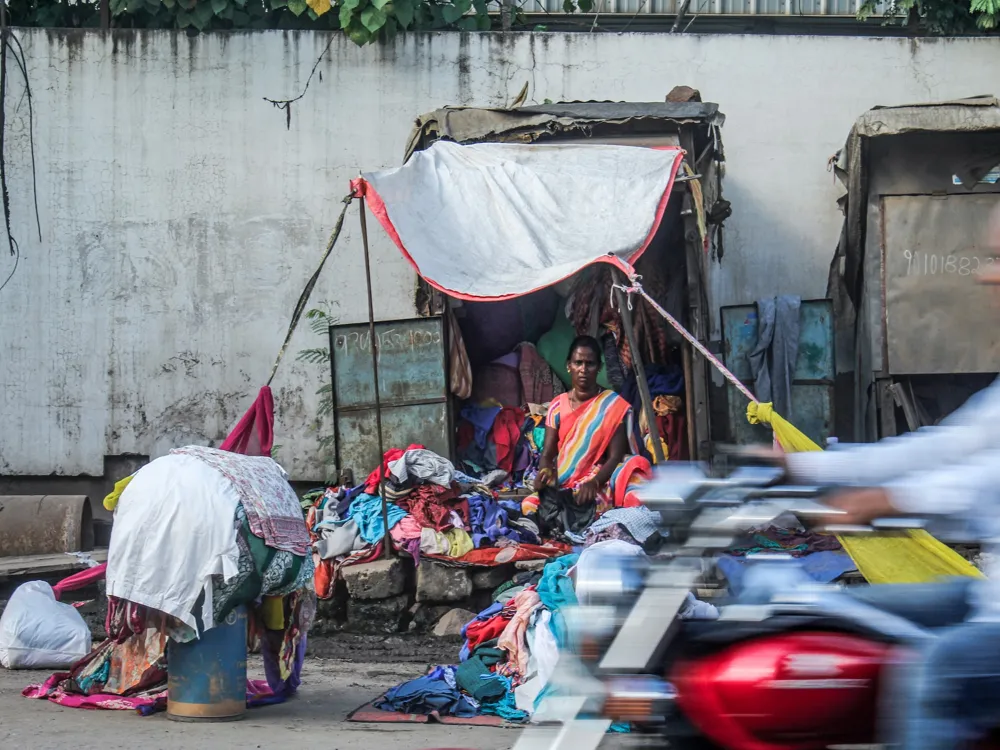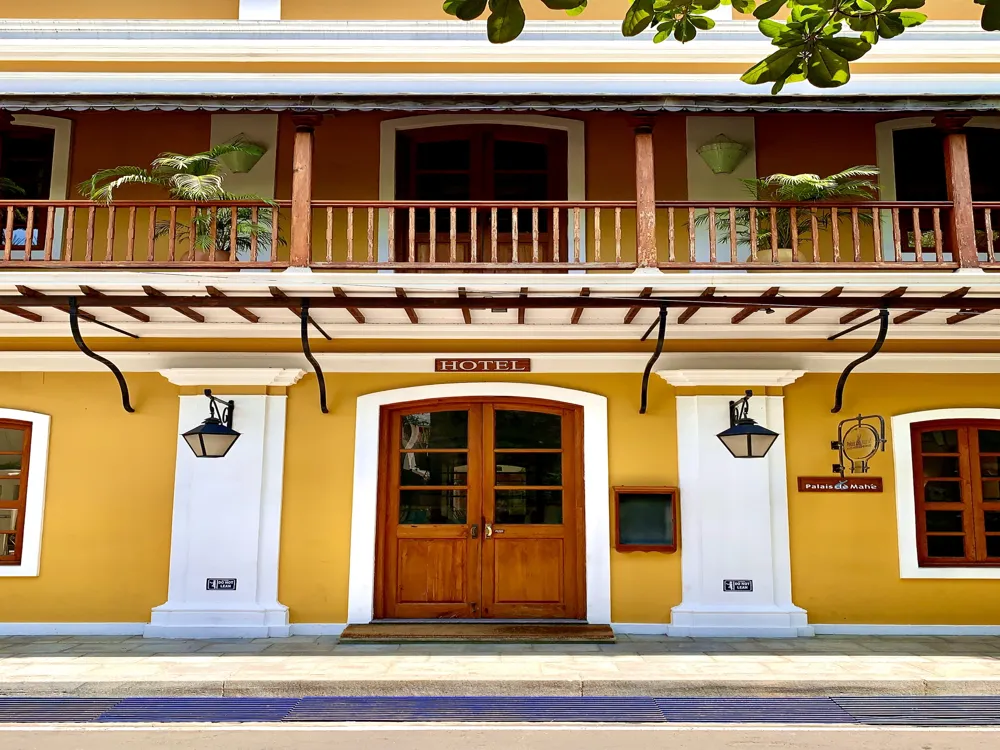Dhamma Nagajjuna, located in Nagarjunakonda, Andhra Pradesh, is a significant historical and spiritual site, reflecting the rich Buddhist heritage of India. This ancient Buddhist learning center, named after the revered Buddhist monk Nagarjuna, sits on an island in the Krishna River. It's a place where history, spirituality, and natural beauty coalesce, offering a unique glimpse into India's rich past. The site's origins date back to around the 2nd century CE, during the Satavahana dynasty. It flourished as a major Buddhist center for centuries, attracting scholars and monks from far and wide. The ruins discovered here include stupas, viharas (monasteries), and chaityas (prayer halls), showcasing the architectural brilliance of ancient Buddhist India. The presence of inscriptions in Brahmi script adds to its historical significance, offering insights into the life and times of the period. The most striking aspect of Nagarjunakonda is its rich collection of Buddhist relics. Excavations have unearthed significant artifacts, including sculptures, coins, and inscribed caskets containing sacred relics. These finds are pivotal in understanding the evolution of Buddhist art and architecture in India. The island's museum, home to these relics, serves as a window to this glorious past, making Dhamma Nagajjuna a must-visit for history enthusiasts and spiritual seekers alike. Dhamma Nagajjuna isn't just about ancient ruins and artifacts. It's a living testament to the enduring legacy of Buddhism in India. The serene environment, with the Krishna River flowing around, provides a tranquil setting for meditation and reflection. The place continues to be a site of pilgrimage for Buddhists and stands as a symbol of peace and spirituality. It's a bridge connecting the present to a time when Buddhism was at its zenith in the Indian subcontinent. The architecture of Dhamma Nagajjuna at Nagarjunakonda is a spectacular representation of ancient Buddhist art and construction techniques. The site is distinguished by its harmonious blend of various architectural elements, ranging from stupas, monasteries, to prayer halls, each narrating a unique aspect of Buddhist architectural evolution. The stupas are among the most prominent architectural features here. These hemispherical structures, often encircled by railings and adorned with gateways, were primarily used for housing sacred relics. The most notable is the Mahachaitya, the Great Stupa, originally built in the 3rd century. This stupa, although partially reconstructed, stands as a testament to the grandeur of Buddhist architecture, with its intricate carvings depicting scenes from Buddha's life. The monastic complexes or viharas at Nagarjunakonda are equally fascinating. They served as the living quarters for monks and centers for learning. These viharas were constructed with precise planning, featuring multiple cells arranged around a central courtyard. The presence of pillared halls for gatherings and intricate carvings on the walls and pillars indicate the emphasis on aesthetics as well as functionality. Chaityas or prayer halls, another vital architectural element, were spaces for congregational worship. These halls, often semi-circular in shape, contained a stupa at their far end. Intricate stone carvings and sculptures adorned these halls, illustrating various Jataka tales (stories of Buddha's previous lives) and events from the life of Buddha. The entire layout of Nagarjunakonda was designed keeping in mind the needs of a self-contained religious community. The strategic placement of the structures, the use of local materials, and the integration of the site with the surrounding landscape reflect a deep understanding of both aesthetics and utility in ancient Indian architecture. The site's alignment with the cardinal directions, the use of water bodies, and the integration of nature into the design elements further highlight the sophistication of the architects of that era. The ideal time to visit Dhamma Nagajjuna is between October and March. During these months, the weather is pleasant, making it comfortable to explore the outdoor ruins and enjoy boat rides to the island. Visitors are encouraged to maintain the sanctity of this historical and spiritual site. This includes dressing modestly, speaking softly, and not disturbing the peace of the area. Wear comfortable walking shoes as the site involves a lot of walking. Carrying water and sun protection, like hats or sunscreen, is advisable, especially during daytime visits. Photography is generally allowed, but it's important to check for any restrictions, especially when photographing inside the museum or near sensitive relics. Dhamma Nagajjuna, situated on an island in the Krishna River, is accessible by road and boat. The nearest major city is Vijayawada, which is well-connected by air, rail, and road to major Indian cities. From Vijayawada, visitors can drive to Nagarjunasagar, from where boats are available to reach Nagarjunakonda Island. The boat ride offers a scenic view of the Krishna River and its lush surroundings, setting the tone for the historic exploration that awaits at Dhamma Nagajjuna. Read More:Overview of Dhamma Nagajjuna, Nagarjunakonda, Andhra Pradesh
Architecture of Dhamma Nagajjuna
Tips When Visiting Dhamma Nagajjuna
Best Time to Visit
Respecting the Site's Sanctity
Exploration Tips
Photography Guidelines
How To Reach Dhamma Nagajjuna
Dhamma Nagajjuna
Nagarjunakonda
Andhra Pradesh
NaN onwards
View nagarjunakonda Packages
Weather :
Tags : Yoga & Meditation
Timings : Monday - Sunday: 9:00 AM to 1:00 PM and 3:15 to 5:00 PM
Planning a Trip? Ask Your Question
Nagarjunakonda Travel Packages
View All Packages For Nagarjunakonda
Top Hotel Collections for Nagarjunakonda

Private Pool

Luxury Hotels

5-Star Hotels

Pet Friendly
Top Hotels Near Nagarjunakonda
Other Top Ranking Places In Nagarjunakonda
View All Places To Visit In nagarjunakonda
View nagarjunakonda Packages
Weather :
Tags : Yoga & Meditation
Timings : Monday - Sunday: 9:00 AM to 1:00 PM and 3:15 to 5:00 PM
Planning a Trip? Ask Your Question
Nagarjunakonda Travel Packages
View All Packages For Nagarjunakonda
Top Hotel Collections for Nagarjunakonda

Private Pool

Luxury Hotels

5-Star Hotels

Pet Friendly








